13 Useful Tips And Tricks That Will Make Anyone A Better Cat Owner
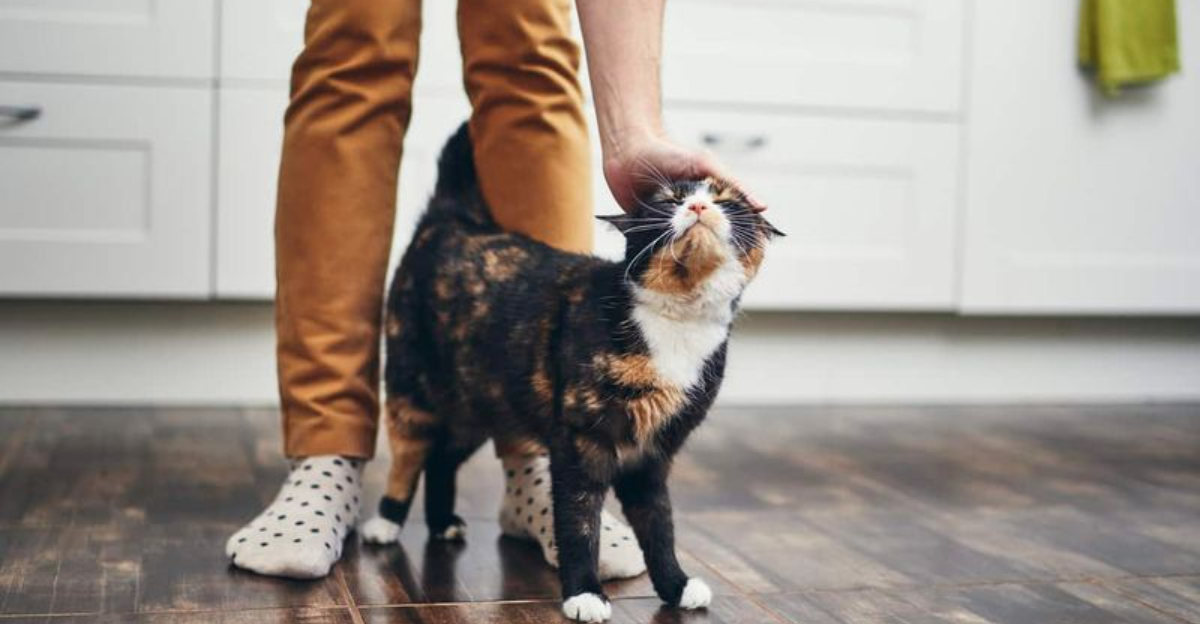
Owning a cat can be one of the most rewarding experiences, but it also comes with its own set of challenges and responsibilities.
Whether you’re a first-time cat owner or an experienced feline friend, there’s always something new to learn about keeping your cat happy and healthy.
Here are useful tips and tricks that will help you become the best cat parent you can be, making your kitty’s life more enriched and your bond stronger.
1. Understand Your Cat’s Body Language
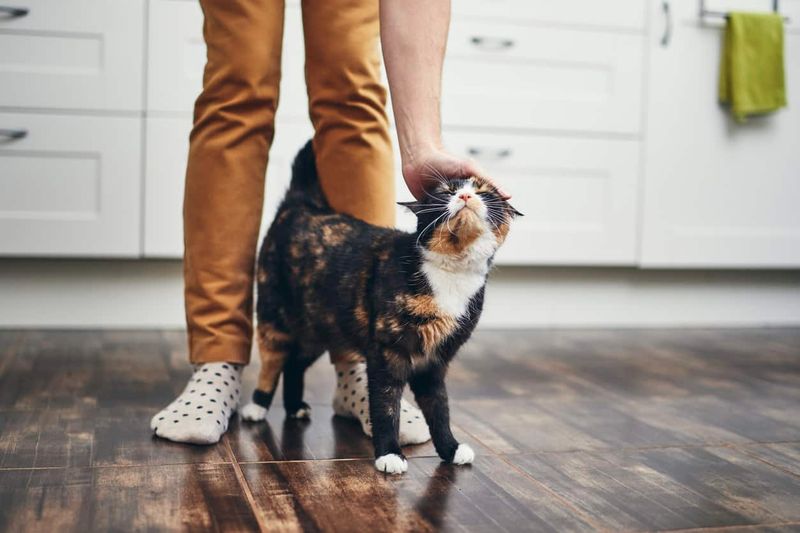
Understanding your cat’s body language is crucial to forming a strong bond with them. Cats communicate primarily through their body, and recognizing these signals can help you understand their needs and emotions.
For instance, a cat with an upright tail is generally happy and confident, while a twitching tail might indicate irritation. Pay attention to their ears and whiskers as well. Forward-facing ears usually mean they’re in a playful mood, while flattened ears suggest they’re frightened or angry.
Whiskers that are relaxed indicate calmness, but if they’re pushed forward, your cat might be curious or excited. Learning these subtle cues will enable you to interact with your cat more effectively, making them feel secure and understood.
Over time, you’ll become more attuned to their feelings, strengthening your relationship and allowing you to cater to their needs better.
2. Provide A Stimulating Environment
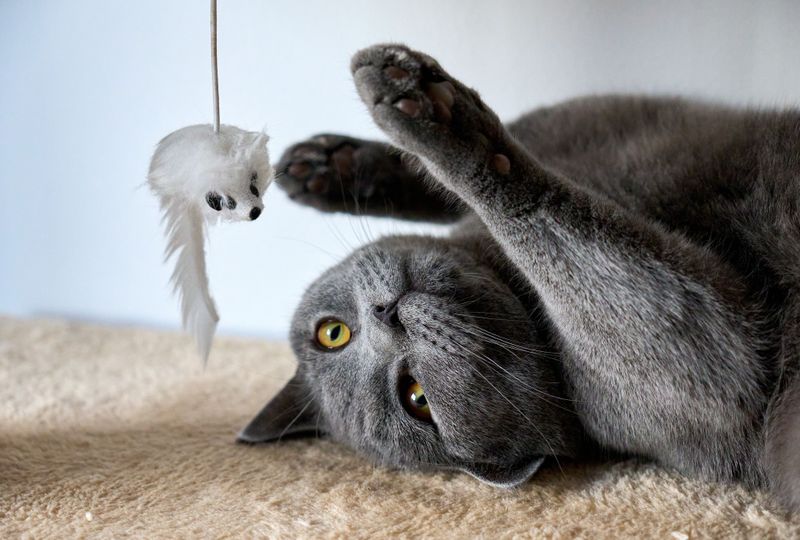
Cats are naturally curious creatures that thrive in environments that challenge their minds and bodies. Providing a stimulating environment is essential for their well-being. Include a variety of toys, such as balls, feather wands, and puzzle feeders, to keep them entertained.
These toys not only help combat boredom but also keep their hunting instincts sharp. Scratching posts and climbing trees are must-haves in a cat-friendly home. They allow cats to stretch, exercise, and mark their territory.
Position these items in areas where your cat spends most of their time to encourage use. Rotating toys every few weeks can keep things exciting and prevent monotony.
A stimulating environment will lead to a happier, healthier cat, reducing the likelihood of destructive behavior. Engaging your cat in play sessions will also strengthen your bond.
3. Maintain A Balanced Diet

A balanced diet is fundamental to your cat’s health. Providing high-quality food that meets their nutritional needs can significantly impact their well-being. Cats are obligate carnivores, which means they require a diet high in protein.
Ensure their meals include sufficient meat-based proteins and essential nutrients like taurine. Consult with your veterinarian to determine the best food for your cat’s age, weight, and health condition. Portion control is equally important to prevent obesity, a common issue in domestic cats.
Introduce variety by occasionally offering wet food or high-quality treats to keep their palates interested. Always ensure fresh water is available, as hydration is vital to their kidney health. A well-balanced diet will result in a shiny coat, healthy weight, and overall vitality.
4. Regular Veterinary Check-Ups
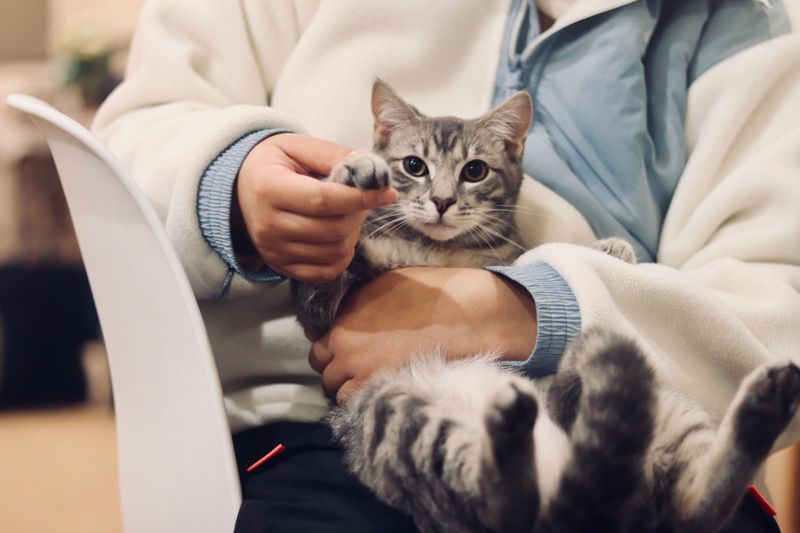
Regular veterinary check-ups are essential for maintaining your cat’s health. These visits help in early detection of potential health issues and ensure your cat stays up-to-date with vaccinations and treatments for parasites.
An annual health check is recommended, but older cats or those with existing health conditions might require more frequent visits. A veterinarian can provide expert advice tailored to your cat’s specific needs, including dietary recommendations and behavioral tips.
Building a good relationship with your vet can make visits less stressful for both you and your cat. Keeping track of your cat’s medical history and any changes in behavior or physical condition will aid in providing comprehensive care.
5. Create A Safe Outdoor Space
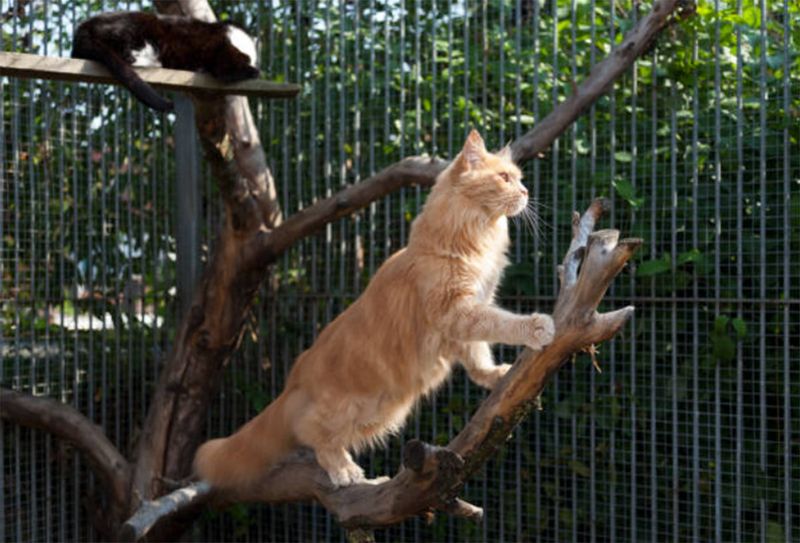
While outdoor exploration can be enriching for cats, it also poses risks. Creating a safe outdoor space can offer the best of both worlds.
Consider setting up a ‘catio’ or a secure outdoor enclosure where your cat can enjoy nature without the dangers of traffic, predators, or getting lost. Ensure the space has ample shade and water to prevent overheating.
Including toys and climbing structures will keep your cat entertained, while plants like catnip can enhance their experience.
Always supervise their outdoor time, especially if your area has wildlife that could pose a threat. Providing a safe outdoor space can greatly improve your cat’s quality of life, offering them fresh air and mental stimulation without compromising their safety.
6. Socialize Your Cat
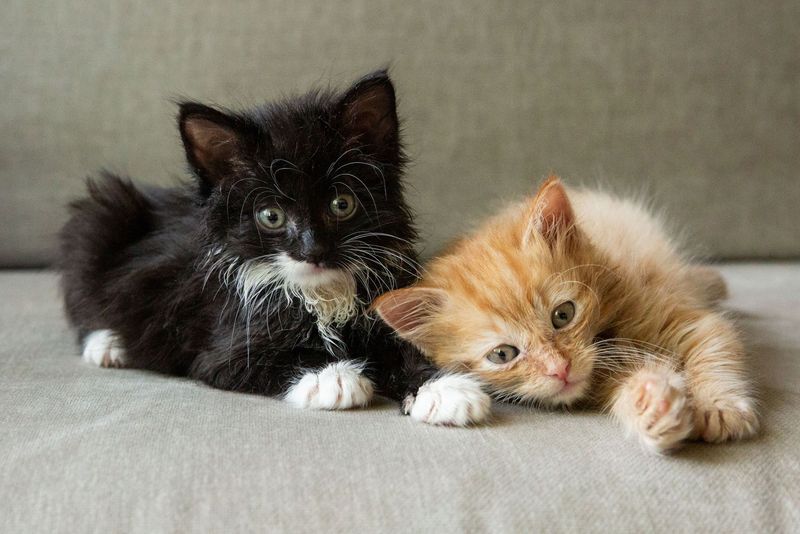
Socializing your cat is important, especially if you have a multi-pet household or frequent visitors. Early exposure to different people, pets, and environments can make your cat more adaptable and less stressed in new situations.
Introduce new experiences gradually, ensuring each interaction is positive. Use treats and praise to reward calm behavior. If adopting a new pet, give your cat time to adjust by keeping them in separate spaces initially and allowing gradual introductions.
A well-socialized cat is more likely to exhibit friendly behavior, reducing the chances of aggression or fear-based reactions. This not only benefits the cat but also makes it easier for you to host guests or travel with your feline friend.
7. Practice Regular Grooming
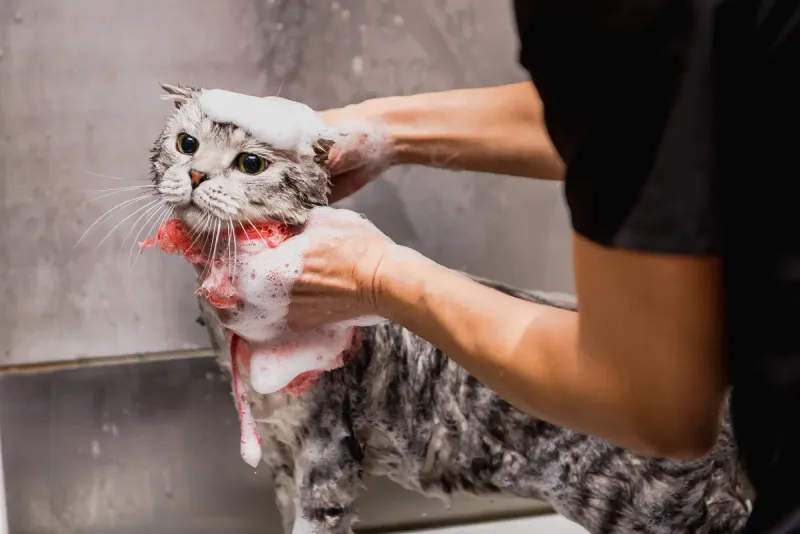
Regular grooming is crucial for your cat’s health and comfort. Depending on your cat’s breed, grooming needs can vary.
Long-haired cats like Persians and Maine Coons require daily brushing to prevent mats and tangles, while short-haired breeds may only need weekly grooming. Brushing helps reduce shedding and hairballs, keeping your home cleaner and your cat more comfortable.
It’s also an excellent opportunity to check for fleas, ticks, or skin abnormalities. Introduce grooming as a positive experience by starting when your cat is young and using treats to reward cooperation.
Regular grooming will keep your cat’s coat healthy and shiny, while also serving as a bonding experience between you and your pet.
8. Litter Box Management
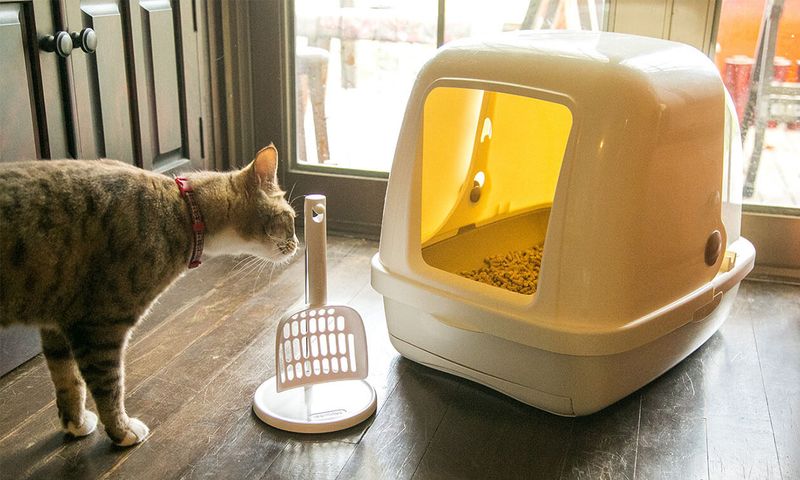
Proper litter box management is vital for both your cat’s hygiene and your home’s cleanliness. The general rule is to have one litter box per cat, plus an extra one.
This ensures that your cat always has a clean place to go, reducing stress and preventing accidents. Keep the litter boxes in quiet, easily accessible locations.
Regular cleaning is essential—scooping at least once a day and changing the litter weekly helps maintain a fresh environment.
Avoid using strong-scented cleaners that might deter your cat from using the box. Monitoring your cat’s litter box habits can also alert you to potential health issues, such as urinary tract infections. A well-maintained litter box setup contributes significantly to your cat’s overall happiness and health.
9. Ensure Adequate Hydration
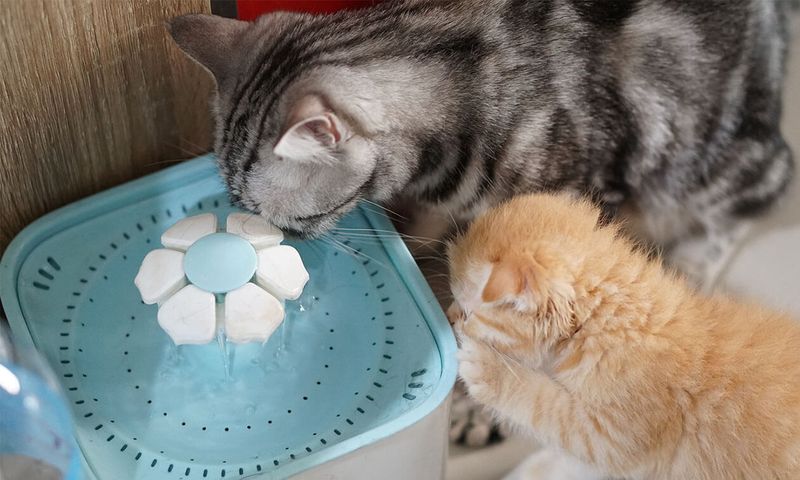
Ensuring your cat stays hydrated is key to their health, especially for preventing urinary tract issues. Cats are often reluctant to drink stagnant water, so providing fresh water is crucial.
Water fountains can encourage drinking by offering a continuous flow that cats find appealing. Place multiple water sources around your home to make it convenient for your cat to drink whenever they need.
Some cats prefer wide, shallow dishes that don’t touch their whiskers. Adding wet food to their diet can also increase their water intake. Monitoring their water consumption and adjusting based on their preferences will help maintain optimal hydration levels, supporting their overall health.
10. Respect Your Cat’s Space

Cats are independent creatures that value their personal space and alone time. Respecting your cat’s space is crucial for their comfort and trust.
Provide them with private areas where they can retreat and rest without disturbances. Observe your cat’s behavior to understand when they’re seeking solitude and when they’re open to interaction. Approaching them on their terms will foster a more trusting relationship.
Encourage family members to respect these boundaries, teaching children how to interact gently and patiently with your feline friend. This respect for space will lead to a happier, more confident cat, enhancing their comfort in your home.
11. Train With Positive Reinforcement
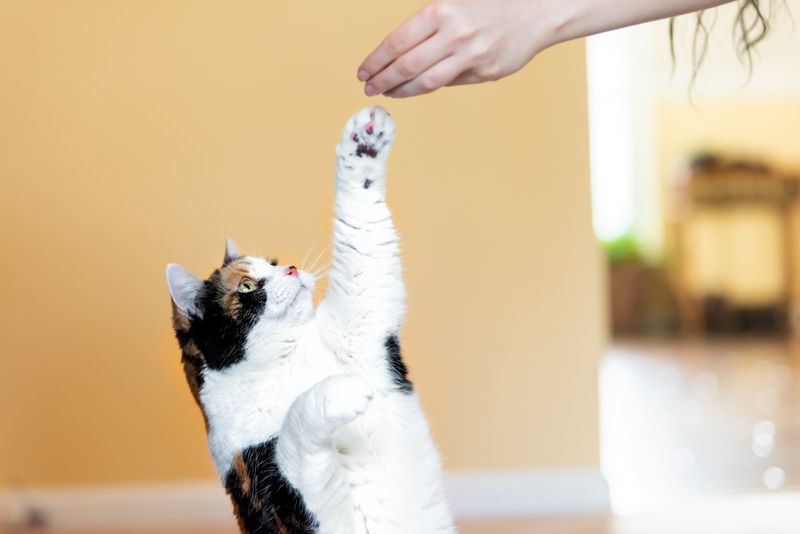
Training your cat might seem daunting, but with positive reinforcement, it becomes an enjoyable process. Unlike dogs, cats respond better to rewards rather than punishment. Use treats, praise, and affection to reinforce desirable behaviors.
Start with simple commands like ‘sit’ or ‘come’. Use a clicker or a specific sound to signal a reward is coming. This method helps the cat associate the sound with positive outcomes, making training sessions more effective. Patience and consistency are key.
Short, frequent training sessions will maintain your cat’s interest and prevent frustration. Training not only improves behavior but also strengthens your bond with your cat, providing mental stimulation and enjoyment for both of you.
12. Understand Common Health Issues

Being aware of common cat health issues can enable you to take preventive measures and seek timely veterinary care.
Conditions like obesity, dental disease, and urinary tract infections are prevalent among cats. Regular vet check-ups and a balanced diet can mitigate many health problems. Keep an eye out for changes in behavior, appetite, or litter box habits, as these can be early indicators of health issues.
Understanding these conditions also involves knowing when to seek professional help versus managing minor concerns at home. Knowledge is your best tool in ensuring a long, healthy life for your feline friend.
13. Provide Plenty Of Vertical Space
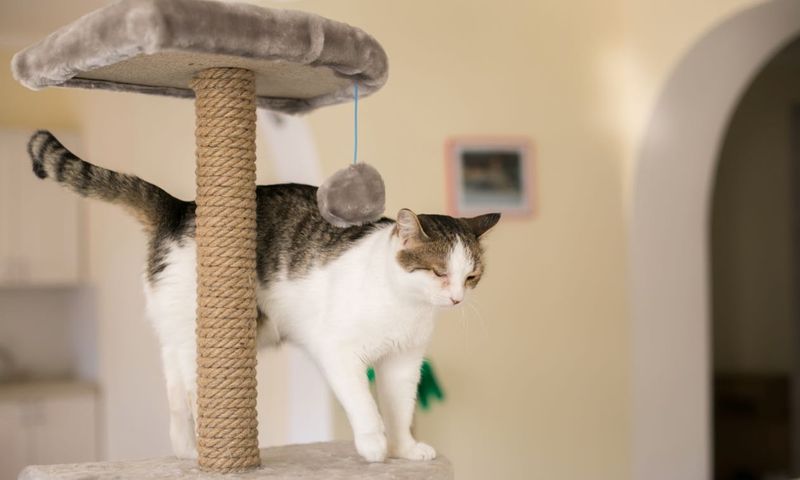
Cats love to climb and observe from high vantage points. Providing plenty of vertical space caters to their natural instincts and offers them physical exercise. Install shelves, cat trees, or window perches to create an enriching environment.
Position these vertical spaces near windows to allow your cat to watch the outside world, satisfying their curiosity. Vertical spaces also help reduce territorial disputes in multi-cat households by providing additional areas for each cat to claim.
Creating vertical environments doesn’t require much space, making it ideal for small apartments. Encouraging climbing and exploration will lead to a more active and contented cat.





